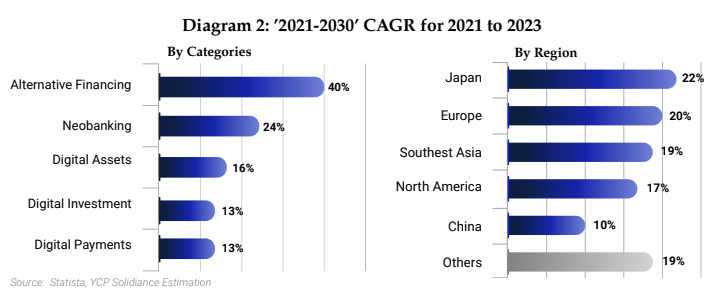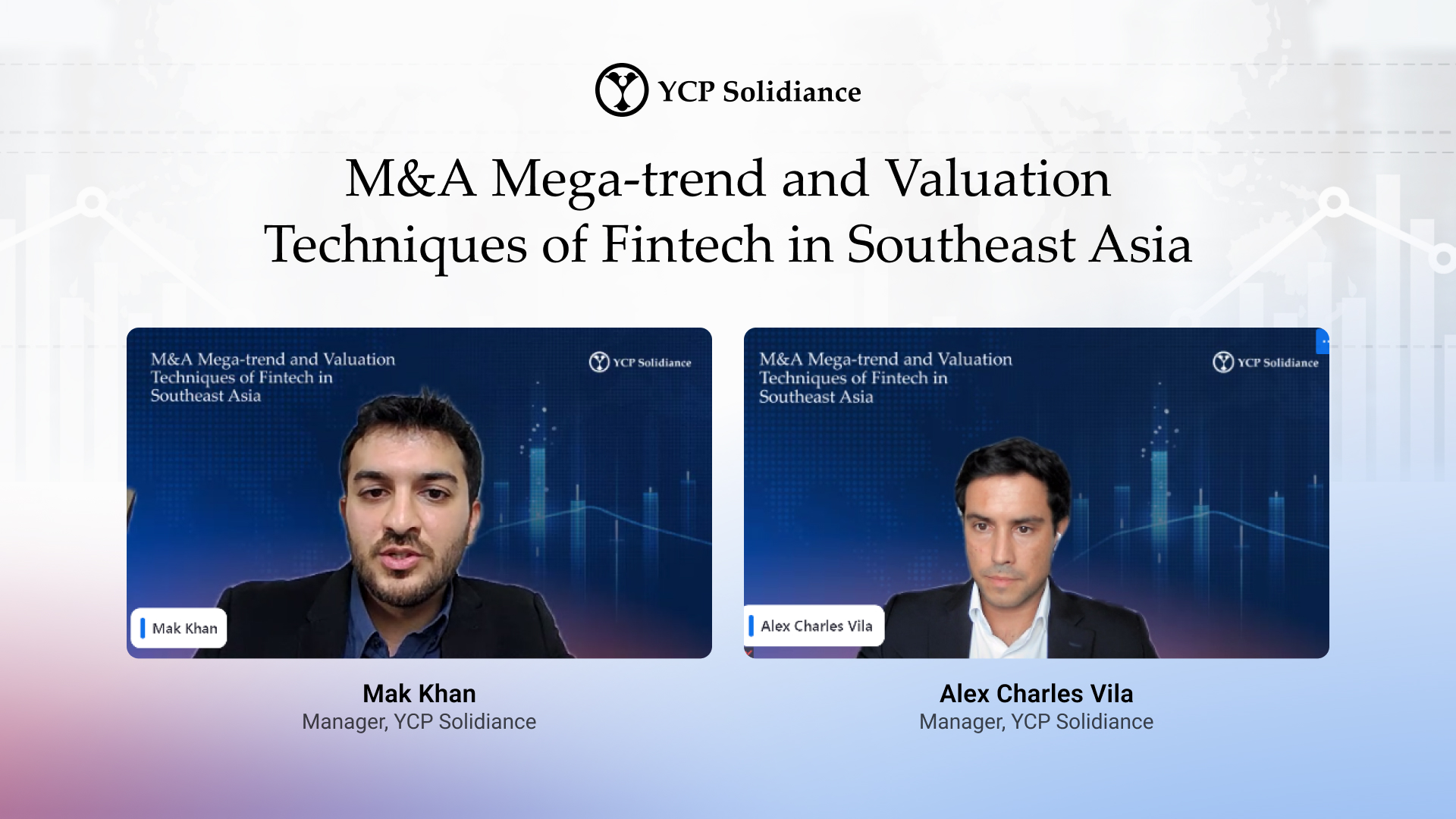In the swiftly evolving world of fintech, two segments have notably risen to prominence: Buy Now Pay Later (BNPL) and Peer-to-Peer (P2P) lending. These sectors have transformed how consumers and businesses access financing and how they interact with the broader financial ecosystem. The global fintech landscape of BNPL & P2P is witnessing rapid growth, driven by technological innovation, changing consumer demand, and competitive forces reshaping financial services.
From 2017 to 2020, the BNPL sector experienced a consolidation trend, primarily among industry incumbents. However, the landscape shifted post-2021, with financial services firms and banks emerging as the dominant buyers, accounting for over 60% of global transactions. Additionally, digital payments continue to dominate, with the spotlight increasingly falling on alternative financing, where BNPL and P2P lending are growing at astonishing rates of 44% and 30% CAGR, respectively. This trend underscores the strategic entry opportunities for traditional banks and investment firms into the high-growth areas of BNPL and P2P lending.

SBNPL and P2P lending growth led to significant mergers and acquisitions (M&A) activity, reshaping the fintech landscape. Traditional banks and financial institutions, including giants like Goldman Sachs and Wells Fargo, have quickly recognized the potential of these fintech innovations. They are increasingly engaging in strategic partnerships and acquisitions to diversify their service offerings and capture a broader customer base. This trend highlights a clear path for entry opportunities into the fintech space, with M&A serving as a vital strategy for expansion and adaptation in a market projected to be valued at an estimated USD 49 trillion by 2030.
BNPL and P2P Lending Regulations
Despite the opportunities, the BNPL and P2P sectors face regulatory challenges that must be carefully navigated. BNPL, praised for making purchases more manageable over short periods, has faced scrutiny for potentially creating debt traps for consumers. This concern has catalyzed calls for stricter regulatory oversight focused on consumer protection, fraud, and identity theft. In response, BNPL providers are enhancing transparency and conducting more stringent credit checks to mitigate the risk of bad debt and empower consumers with better financial decision-making tools.
P2P lending, particularly appealing in regions like Southeast Asia and Latin America due to its accessibility for underbanked populations, also faces regulatory hurdles. The challenge lies in balancing innovation with consumer protection, as stricter regulatory demands could pose operational challenges and create barriers to entry. For instance, China's regulatory approach to non-SME loans has highlighted potential difficulties P2P platforms might encounter.
The regulatory landscape for P2P lending and BNPL is evolving, with jurisdictions worldwide beginning to implement frameworks that ensure consumer protection without stifling innovation. The success of these fintech models depends on their ability to adapt to these regulations, ensuring sustainable growth and building trust with consumers.
The global fintech landscape, especially within BNPL & P2P, stands at a crossroads of opportunity and challenge. As these sectors continue to grow and reshape the financial services industry, the role of M&A will be pivotal in determining the future landscape. Meanwhile, navigating the complexities of BNPL and P2P lending regulation will require a delicate balance between innovation and consumer protection. The coming years will undoubtedly be crucial in determining how these financial models evolve and integrate into the broader financial ecosystem, promising an exciting journey ahead for the world of fintech.
To get insight into other business industries across Asia and emerging trends, subscribe to our newsletter here and check out our latest reports below:







